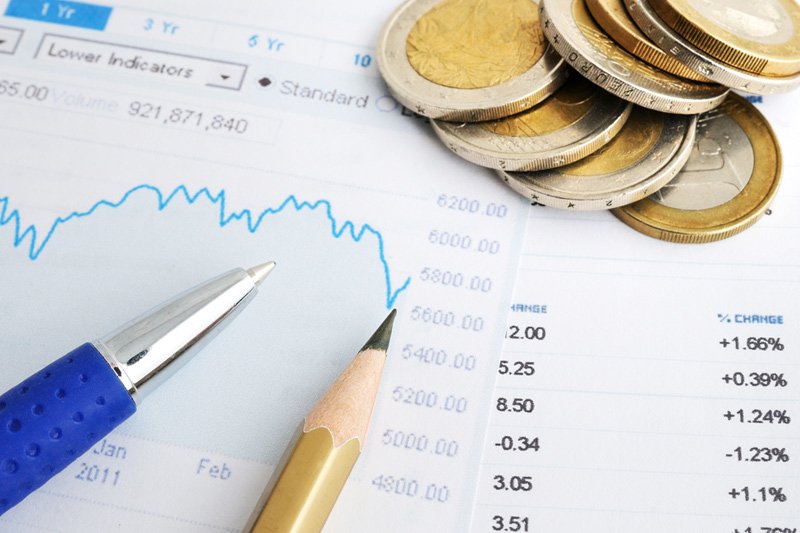Welcome to Asia Morning Briefing, a daily summary of top stories during U.S. hours and an overview of market moves and analysis. For a detailed overview of U.S. markets, see CoinDesk’s Crypto Daybook Americas.
On the streets of Bolivia, an advertisement for a bright green BYD Dolphin Mini is plastered across a billboard.
The irony is hard to miss: a Chinese electric vehicle, the symbol of Beijing’s export strength in the world’s emerging markets, is moving off lots in a BRICS country, but it is paid for in USDT – which is backed by the very treasuries China is dumping.
China has spent years pushing de-dollarization in Latin America, framing it as South–South solidarity and economic independence from Washington. Bolivia now settles about 10% of its trade in yuan, Brazil has renewed a RMB 190 billion ($26 billion) swap line, and Argentina taps renminbi liquidity to avoid default.
Yet the reality is different for retail consumers. China still wins on exports, but loses influence over the unit of account. This creates a strange situation where Chinese goods fuel dollar (USDT) demand rather than RMB demand.
For merchants, dealers, and consumers in inflation-strapped or capital-controlled economies, USDT offers stability, speed, and liquidity that the yuan still cannot match. After all, the yuan, like many of the world’s currencies, isn’t designed to be used offshore. It’s antithetical to the People’s Bank of China’s monetary policy.
China’s exports dominate Latin American markets, soy, lithium, buses, and EVs, but as the advertisement shows, it fuels demand for USDT, not RMB.
Despite the talk of de-dollarization, Tether’s crypto-dollar is conquering emerging markets, while Beijing’s central bank digital currency pilots remain confined at home. Stablecoins deliver what CBDCs and yuan swap lines cannot: speed, liquidity, and global trust.
The longer this persists, the harder it will be for China to match trade power with monetary influence. De-dollarization in Latin America is happening, but not in the way Beijing intended.
Instead of RMB zones of settlement, the region is seeing the rise of crypto-dollar rails: a grassroots re-dollarization that entrenches the greenback’s dominance under a new digital form. It’s tough to shake the dollar as the world’s reserve currency.
For all the talk of CBDCs or BRICS currency, the projects have failed to launch: trade on the ground still runs through USDT, the digital dollar that dominates emerging markets.







